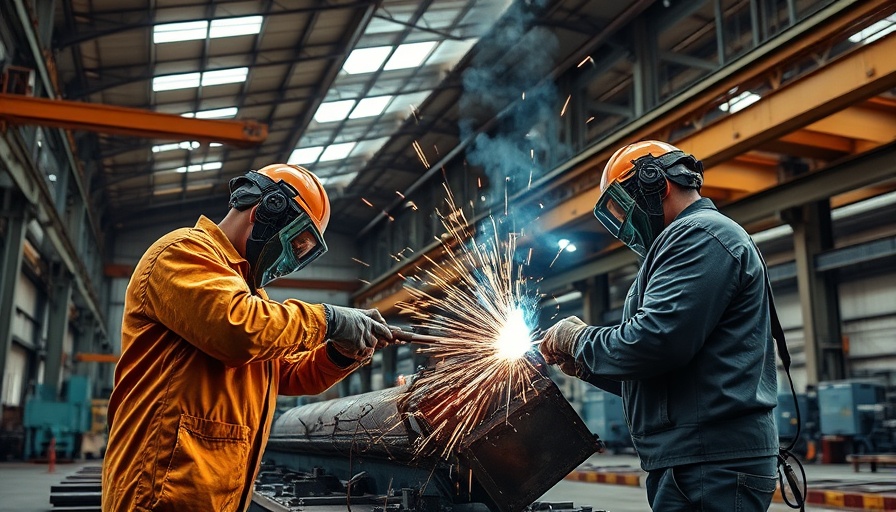
China's Manufacturing Slowdown: An In-Depth Look
China's manufacturing sector has shown signs of ongoing struggles, with a PMI reading of 49.7 in June, indicating a third consecutive month of contraction. While this reflects a slight improvement from May's 49.5, the numbers remain below the crucial 50-point threshold that separates growth from decline. This scenario is amplifying calls for additional economic stimulus as the nation grapples with the dual pressures of tariff risks and a persistent downturn in the property market.
The Impact of Tariffs on Manufacturing
The landscape for Chinese manufacturers has been further complicated by trade tensions, particularly with the U.S. Following the implementation of prohibitive tariffs by former President Donald Trump, the industry has found itself in a unique position. According to Xu Tianchen, a senior economist at the Economist Intelligence Unit, June marked the first full month without Trump's harshest tariffs. Although tariff levels have eased, businesses are still cautiously optimistic, revealing a reliance on government interventions. Companies are beginning to feel the effects of policy support rolled out since late last year, albeit with mixed results on their confidence levels.
Understanding the Changing Business Sentiment
The current weak sentiment among manufacturers can be attributed to ongoing challenges, including stagnating employment rates and lackluster new export orders. Even with improvements in new orders and supplier delivery times, the overall business atmosphere remains one of caution. As businesses navigate these uncertain waters, the consistent push for stimulus indicates a widespread belief that additional government support could provide the necessary lift for recovery.
Trade and Economic Observations: What Lies Ahead?
As China’s economy adjusts to new trade realities and attempts to regain momentum, the implications for global markets are significant. Analysts suggest that investors should remain vigilant regarding China's industrial health, as it can influence global supply chains and commodity prices. The presence of economic indicators—such as the PMI—serves as essential tools for market analysts when considering investment strategies. Furthermore, steady improvements may influence sectors like real estate investing and dividend stocks, which typically hinge on stable economic conditions.
Investment Strategies During Economic Uncertainty
For investors, understanding China's manufacturing pulse offers valuable insights into broader economic trends. As manufacturing slows, sectors that are more resilient during downturns—like utilities or healthcare—might provide safer grounds for portfolio diversification. Mutual funds focusing on emerging markets can also benefit from fluctuations in U.S.-China trade if they position strategically. Additionally, utilizing tools like investment apps can help investors track these economic indicators effectively and adjust their allocations in response.
Future Trends: The Need for Policy Measures
Looking ahead, one crucial takeaway is the likelihood of further stimulus measures from the Chinese government. Analysts predict that to combat subsiding manufacturing activity and support economic recovery, policymakers will need to implement targeted support strategies. This could open new avenues for investment in innovative sectors such as technology or sustainable industries, pointing to a potential shift toward impact investing.
Conclusion
As China's manufacturing sector faces ongoing challenges, awareness and adaptability are paramount for investors. Keeping a finger on the pulse of these economic indicators not only equips investors with critical insights but also informs their strategies amid evolving market conditions. Whether through growth stocks or value investing, staying informed will be essential in navigating the complexities of both local and global investments.
 Add Row
Add Row  Add
Add 



Write A Comment